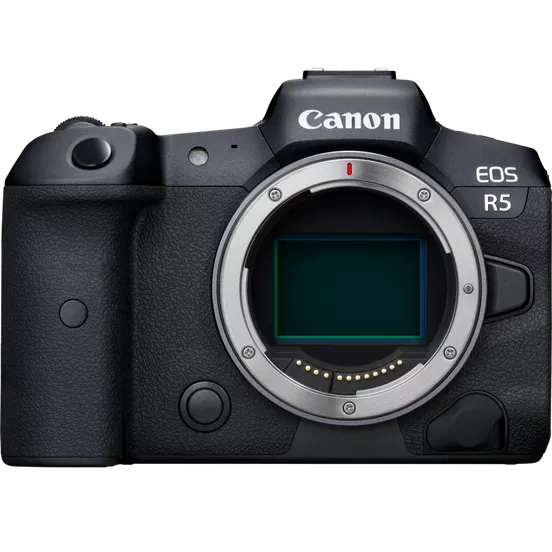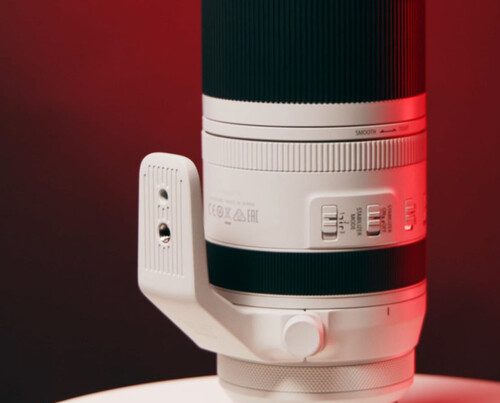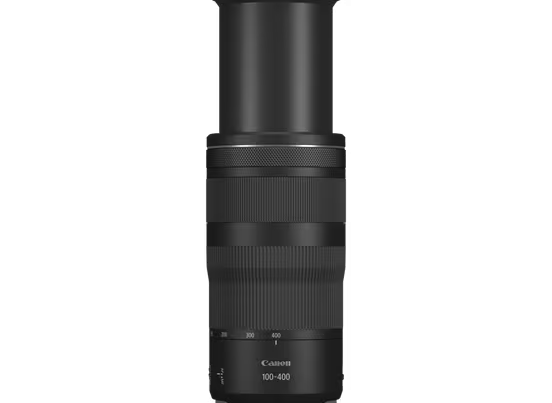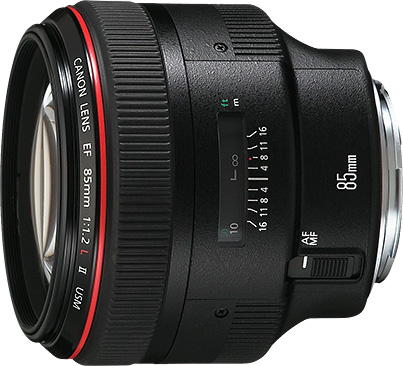Introduction
If you’re wondering whether the Canon EOS R5 still deserves a spot in your gear bag in 2025, you’re not alone. This camera turned heads when it first launched in 2020, and many professionals and content creators have stuck with it ever since.
In this guide, we’ll break down what it offers today, from autofocus and video to firmware updates and pricing, so you can decide if it’s still the smart choice for your work. And yes, you can shop Canon EOS R5 at Promallshop to check the current price.
Table of Contents
- Introduction
- A Look at the R5 in 2025
- Why Professionals Still Trust It
- Autofocus That Rarely Misses
- Video Specs Creators Will Love
- Low-Light Strengths and Stabilization
- How It Stacks Up Against Today’s Rivals
- Overheating Concerns and Real Fixes
- Firmware Changes You Should Know
- Top Lens Picks for Sports and Wildlife
- Content Creation Potential and Build Quality
- Conclusion
- FAQs
A Look at the R5 in 2025
Back in 2020, the Canon EOS R5 was a statement piece: 45 MP full-frame sensor, blazing autofocus, and 8K video. Fast forward to 2025, and the fundamentals are still strong.
Thanks to firmware updates and accessory support, it remains relevant for both still photography and video production.
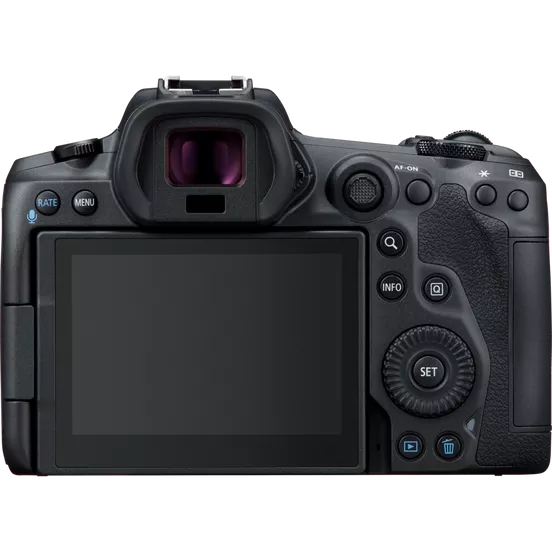
Why Professionals Still Trust It
Professional photographers value speed, image quality, and reliability. The R5 delivers all three, with continuous shooting up to 20 fps electronic and 12 fps mechanical.
Whether you’re covering a wedding or shooting commercial portraits, it produces images that hold up against today’s newer models.
Autofocus That Rarely Misses
The R5 uses Canon’s Dual Pixel CMOS AF II with 1,053 AF points and advanced subject tracking. It locks onto eyes—human or animal, even if your subject suddenly moves.
For sports, wildlife, or documentary work, this consistency feels like having an extra set of eyes working for you.
Video Specs Creators Will Love
For video shooters, the Canon EOS R5 still packs a punch:
- 8K RAW internal recording
- 4K up to 120 fps in 10-bit
- C-Log and HDR PQ options for flexible grading
Combined with solid color science, it’s still a favorite for YouTubers, filmmakers, and hybrid shooters.
Low-Light Strengths and Stabilization
With a native ISO range up to 51,200 (expandable to 102,400), the R5 performs well in dim environments.
Its in-body image stabilization provides up to 8 stops of correction, making handheld shooting possible even in challenging light, like getting a sharp portrait at a candlelit dinner without a tripod.
How It Stacks Up Against Today’s Rivals
2025 brought newer models, including the R5 Mark II, Sony A7R V, and Nikon Z8. While they offer incremental improvements, the original R5 still competes in resolution, autofocus, and stabilization. For many pros, upgrading feels more like a “want” than a “need.”
Overheating Concerns and Real Fixes
The R5’s early overheating issues in 8K and high-frame-rate 4K are well-documented.In 2025, firmware tweaks and accessories like SmallRig’s external cooling fan have made them far less of a problem. For most workflows, heat is no longer a deal-breaker.
Firmware Changes You Should Know
Canon has released updates that improve stability and add features, like better temperature control and compatibility with more recording formats. While the big feature jumps are happening on the R5 Mark II, the original R5 still benefits from Canon’s ongoing support.
Top Lens Picks for Sports and Wildlife
Pairing the R5 with the right lens turns it into a specialist tool. For wildlife, the RF 100-500 mm is a go-to. For sports, the RF 70-200 mm f/2.8 delivers speed and sharpness. The fast burst rate and tracking make it easy to capture unpredictable moments.
Content Creation Potential and Build Quality
Creators love the R5 for its balance of photo and video capabilities. It’s weather-sealed, solidly built, and ready for demanding shoots. With the right settings and accessories, it can handle long outdoor filming sessions without skipping a beat.
Conclusion
The Canon EOS R5 in 2025 remains one of the most capable mirrorless cameras for both professionals and content creators. While newer options exist, its blend of speed, resolution, and versatility keeps it at the top of many shortlists.
FAQs
Yes, its performance, image quality, and video options remain competitive with newer models.
Mostly. Firmware updates and cooling accessories have made it much less of a concern.
The RF 70-200 mm f/2.8 is a popular choice for its speed and image quality.
Yes, with excellent high-ISO performance and strong image stabilization.
Absolutely. Its 8K RAW and high-frame-rate 4K, combined with Canon’s color science, make it a solid choice for pro-level filmmaking.


